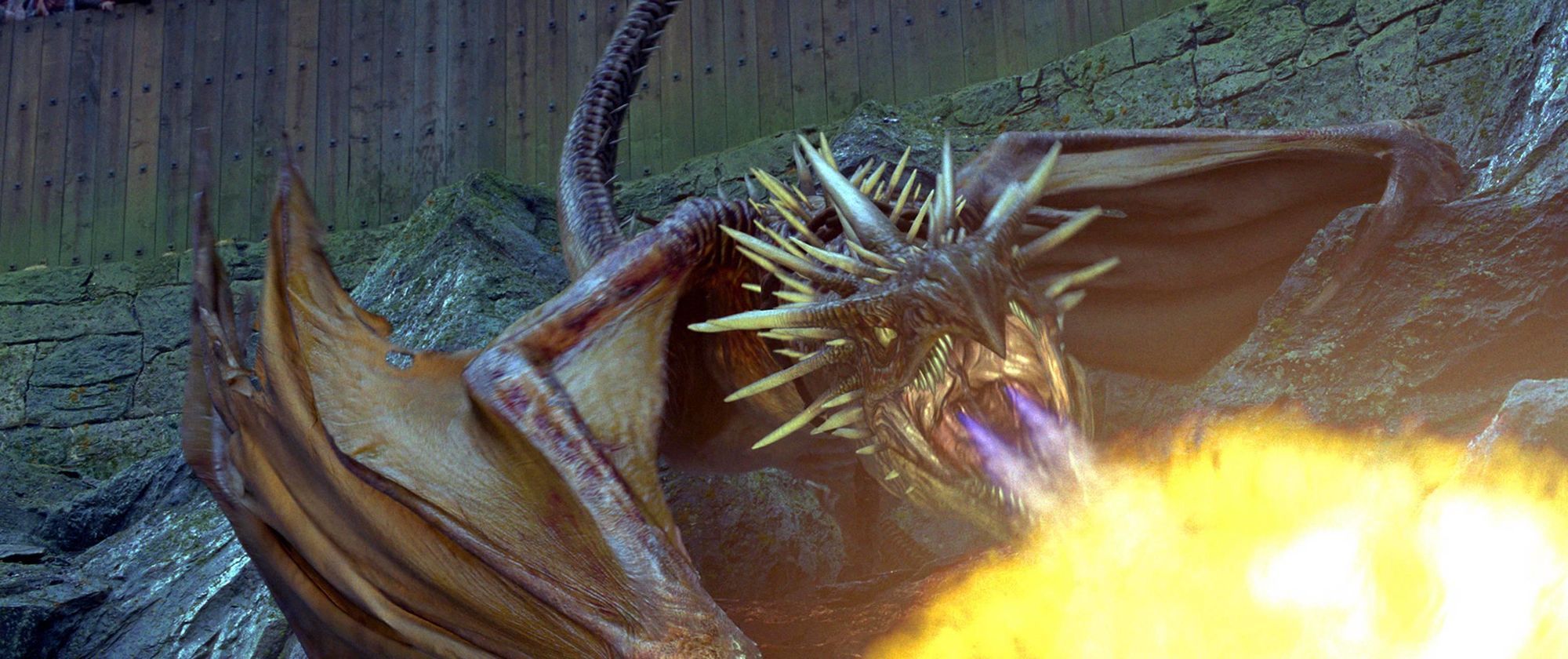
It's hard to criticize a film franchise like Harry Potter. After all, many of us actually grew up on these films, as well as J.K. Rowling's masterful books that they were based on. However, just because we hold a special place in our hearts for these works, doesn't mean they're infallible. For the most part, the visual effects used in each of the eight films are quite spectacular.
Although the original films never won an Academy Award, they were nominated several times. Most of these Oscar moments had to do with the filmmakers' use of production design as well as CGI. Therefore, even those who weren't fans of the franchise knew just how strong its visuals were. One of the reasons the original Harry Potter series never actually won an Oscar may have had something to do with the few times that its CGI wasn't up to par.
When you look back at the first couple Harry Potter films, chances are you'd find that a lot of the effects just don't hold up. In fact, some of them look pretty shoddy even for the time that they came out. It isn't just the oldest two Harry Potter films that have occasionally awful visual effects. The worst offenders are actually those in the latter half of the series, since they were created in a time when CGI was at its best. These moments may not have only cost the movies a few Oscars, but also may have harmed the series as a whole.
Here are 10 Times Crazy CGI Hurt Harry Potter (And 10 That Saved It).
20 Hurt: The Troll - Sorcerer's Stone
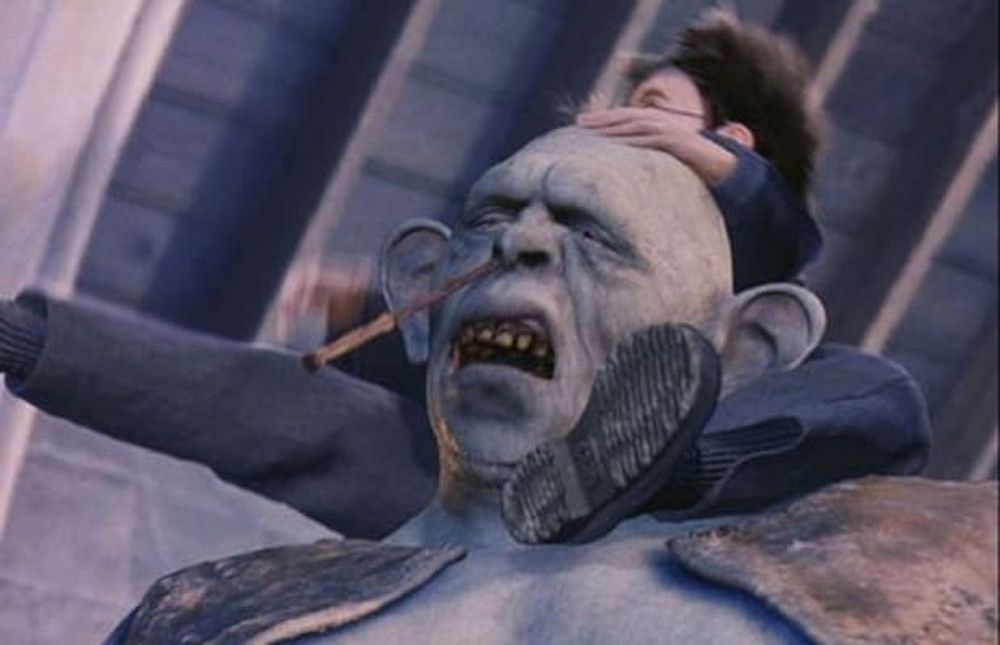
Harry Potter and the Sorcerer's Stone was our first on-screen journey into the Wizarding World. While it contained many tremendous uses of CGI, it also had the mountain troll scene. This is arguably one of the sloppiest uses of CGI in all of the Harry Potter series.
Not only did the troll look like he was cut and pasted over the existing footage, but he was also poorly designed.
Sure, it's a kid's movie, but one would think that a troll would appear more menacing. Instead, he looks like a poorly animated video-game character. If you didn't think that this scene was poorly done when you were a kid, go back and rewatch it now. Not only will you be disappointed, but you may also be unhappy with the shoddy work.
19 Saved: Voldemort - Goblet Of Fire On
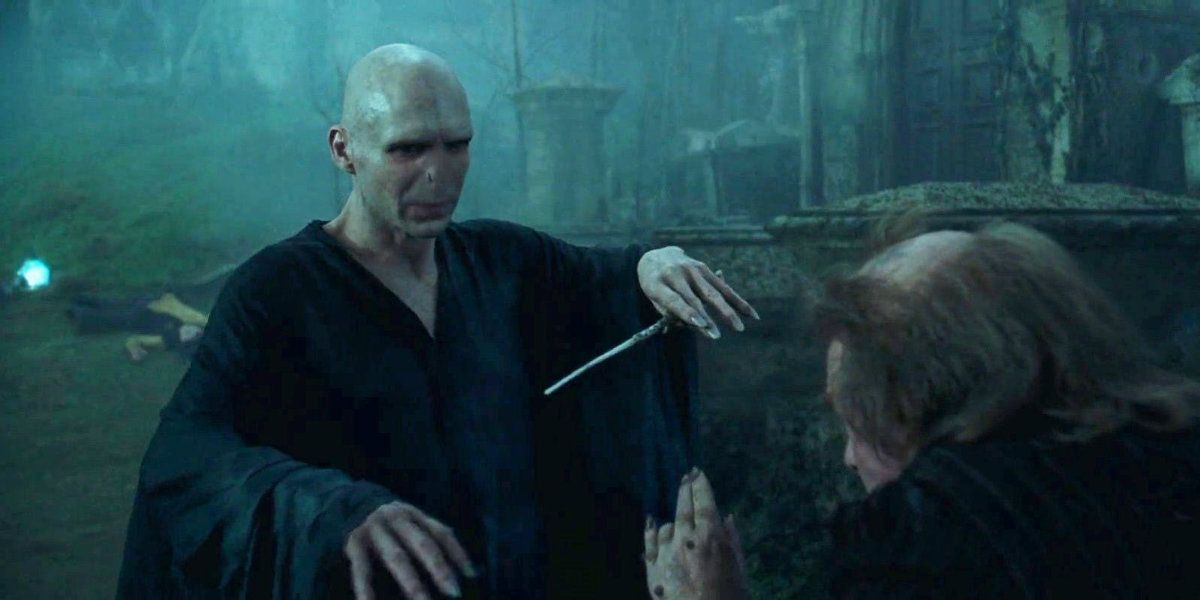
The Goblet of Fire was the first time Voldemort appeared on-screen in his modern physical form. Bringing him to life was a major undertaking for the filmmakers. After all, fans were waiting for this moment-- and they weren't disappointed.
Much of what made Voldemort so believable was the fact that most of his look was done practically, including his bald head and pale skin. However, Ralph Fiennes' nose was digitally removed in every single shot. More accurately, his nose was flattened and made to appear more snake-like. This meant that Fiennes had to wear dots on his face so that the CGI geniuses could track his facial expressions so they wouldn't lose them when creating this haunting figure.
18 Hurt: Quidditch - Sorcerer's Stone
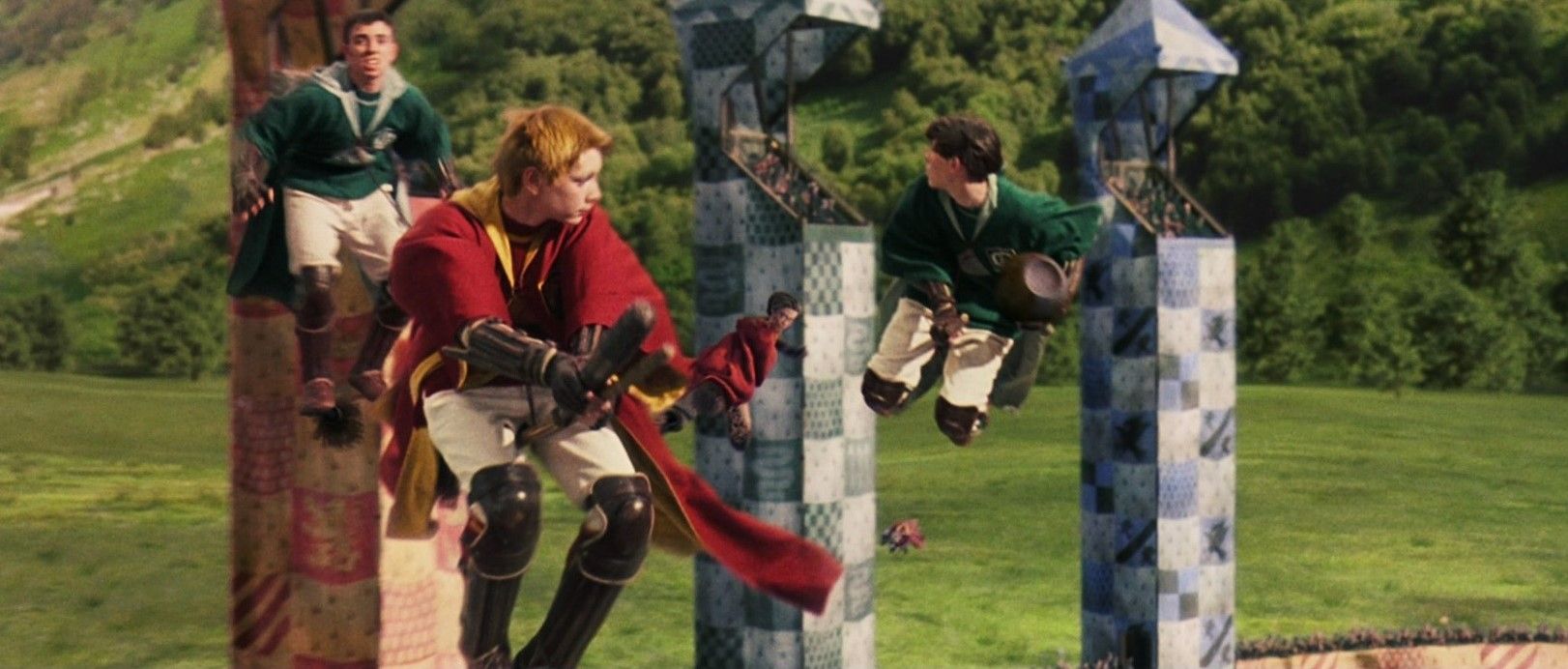
Fans of the initial Harry Potter book were probably most excited to see Quidditch being portrayed on screen for the very first time. However, technology just hadn't evolved to the place that the filmmakers needed it to be for the 2001 film. The Quidditch scenes in Harry Potter and the Sorcerer's Stone appear sloppy at best. The practically-shot actors on their broomsticks weren't properly integrated with their digital surroundings. Everything around the actors seemed to be almost entirely created from scratch.
When the actors themselves had to be created in CGI for more complex action shots, they looked and moved like claymation dolls.
Shadows weren't properly cast on their bodies, as well. Fortunately, ll of these things were later improved upon after The Chamber of Secrets.
17 Saved: The Dragon Chase - Goblet Of Fire

Although characters flying on broomsticks had previously proved to be a challenging thing for the filmmakers to create, CGI had greatly improved by The Goblet of Fire. One of the key moments on the film is when Harry had to out-fly a Hungarian Horntail. Not only did this chase feel real, but it was also creatively designed. The filmmakers seemed to put extra effort into the background shots as well as the castle of Hogwarts, which was prominently featured. The filmmakers also included as many practical shots as they could, diminishing the need to create a CGI version of Harry.
Perhaps the most important feature was the Hungarian Horntail itself. The design of the creature was initially created by the art department. They made a 16-foot model which was scanned into the computer and masterfully digitally recreated.
16 Hurt: Grawp - Order Of The Phoenix
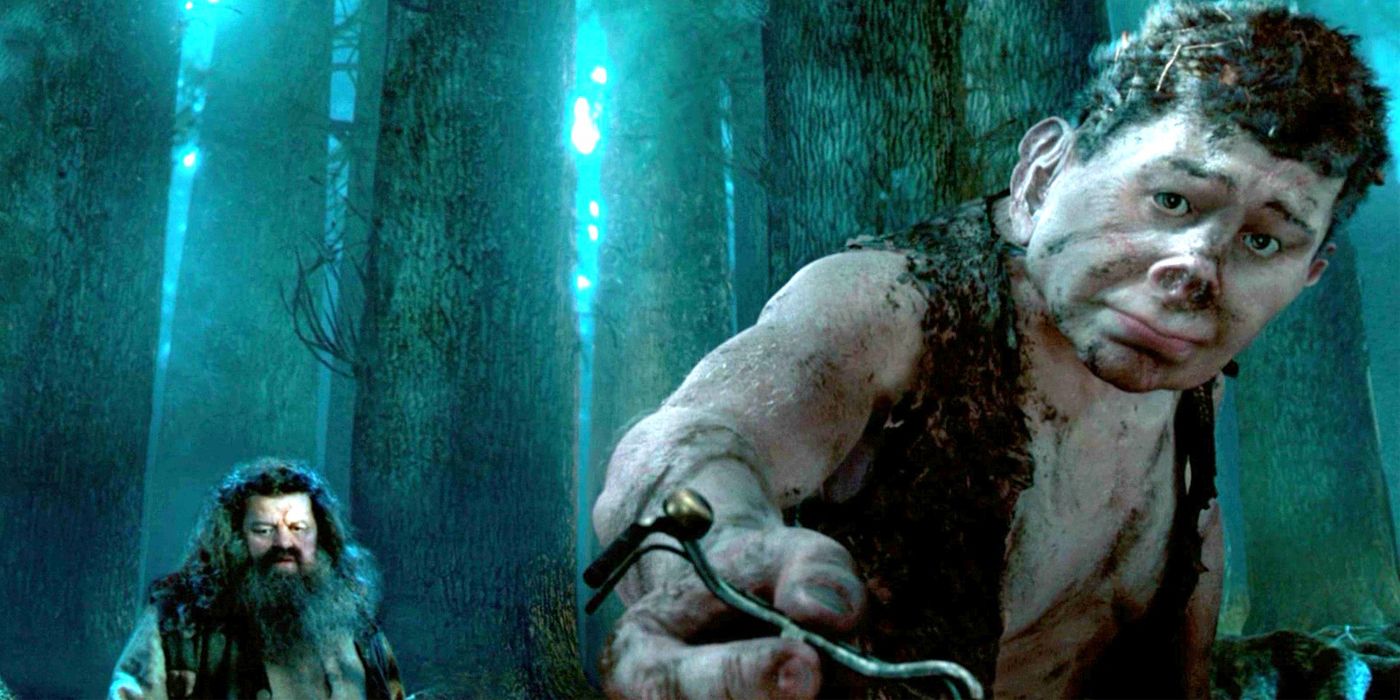
The filmmakers had previously had a difficult time bringing the troll from Sorcerer's Stone to life. Unfortunately, their work didn't improve for the fifth film, The Order of the Phoenix, when they attempted to create Grawp the giant. This was a shame since most of the CGI work in the film was miles stronger than the previous entries.
Comparing what real-life actor Robbie Coltrane looked like as Hagrid to the completely CGI Grawp shows just how poorly integrated this character was. Even when Grawp was interacting with other computer-generated images, he appeared less than convincing.
Although we were supposed to sympathize with Grawp, it was hard to since he looked like a badly animated character.
He didn't interact with his space normally, nor did he have the complex details that all humanoid faces have.
15 Saved: Basilisk Battle - Chamber Of Secrets
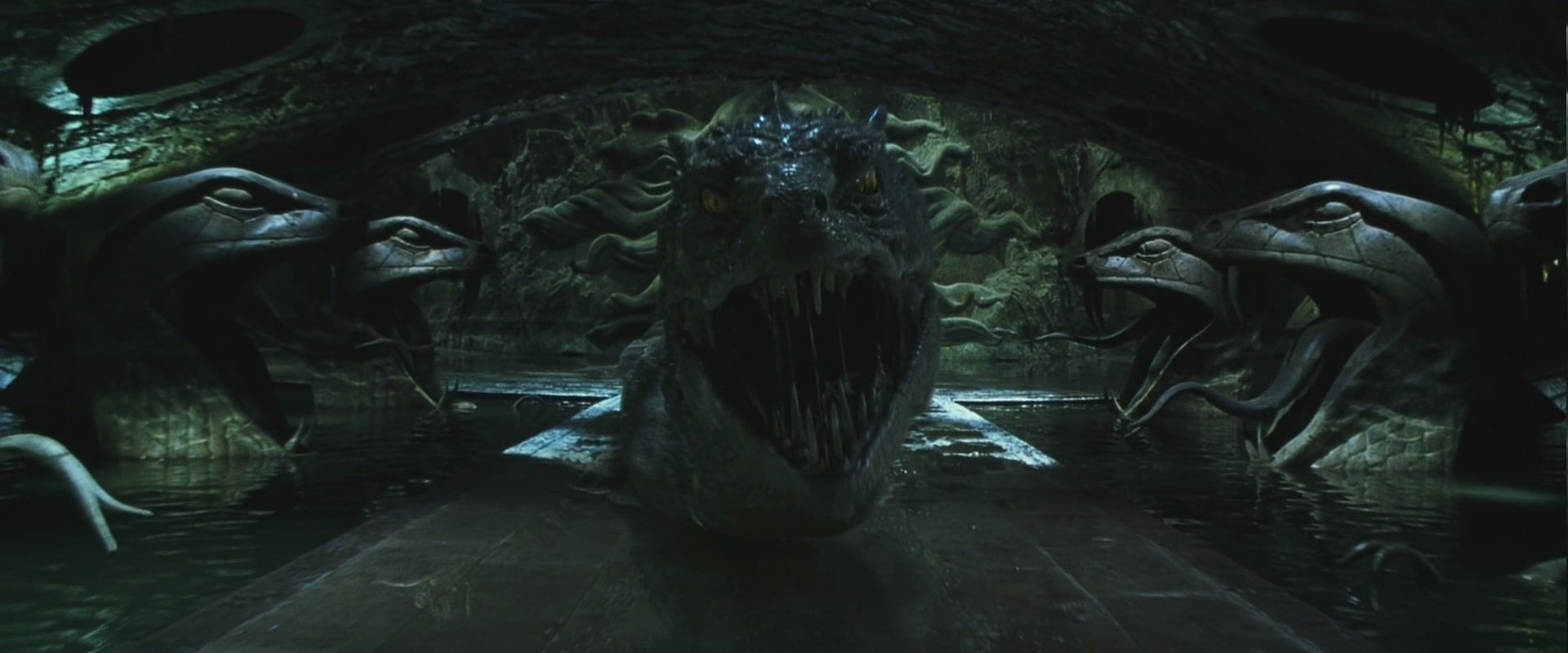
The filmmaking team behind Harry Potter and the Chamber of Secrets were very smart about how they brought the Basilisk to life. They used the same technique that made the dinosaurs in the first Jurassic Park so lifelike. They created a very detailed model based on J.K. Rowling's descriptions, and then decided to create the first 25 feet of a life-sized animatronic version of the monster.
Having the actors interact with the physical creature added to the authenticity of the moment, but also forced the CGI animators to match their creation to the real thing. After all, they had to make the transition between visual and practical effects appear seamless-- which is precisely what they did. The end result was truly magical, scary, and lifelike.
14 Hurt: Quidditch Pitch Backdrop - Sorcerer's Stone
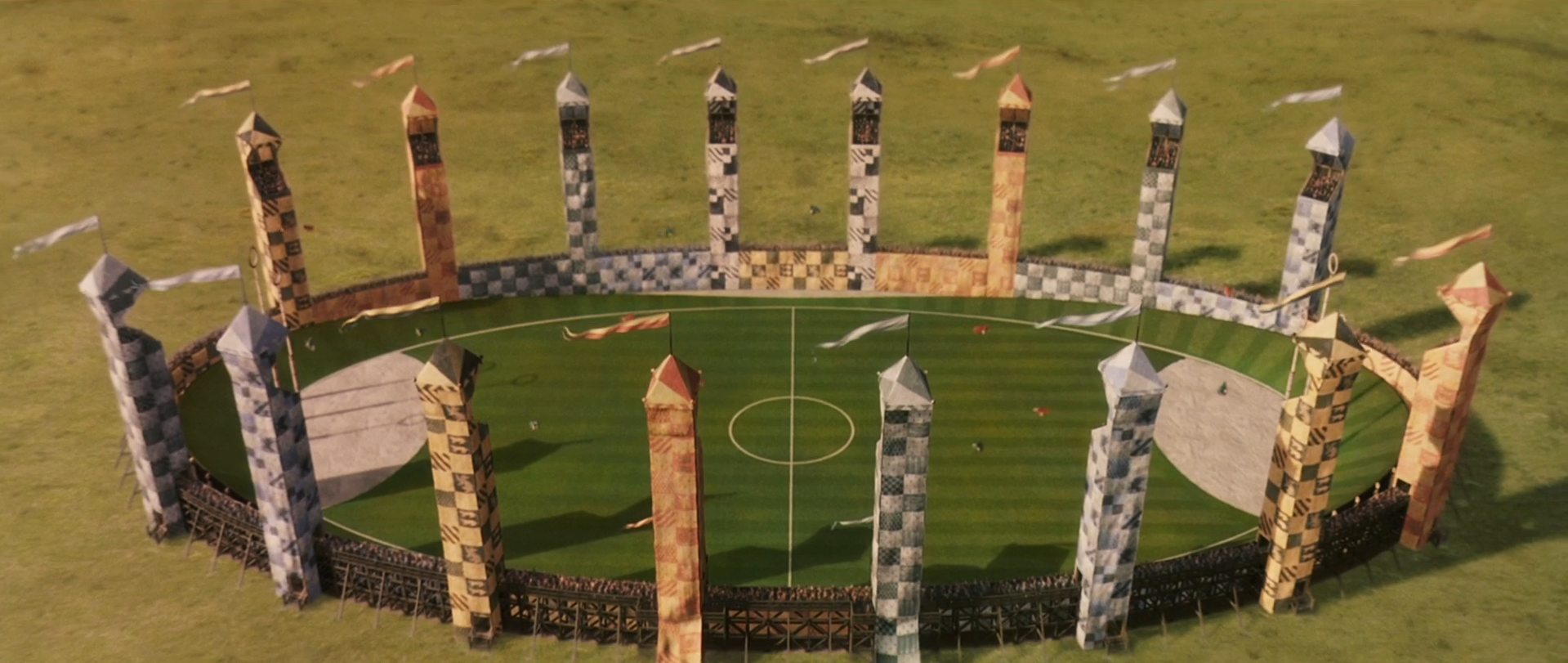
Practically nothing about Quidditch from the first two Harry Potter films looked remotely realistic. This is especially true of all of the backdrops used in The Sorcerer's Stone. They seemed poorly generated and sloppily composed. Additionally, the background shots weren't convincingly integrated with the practical action shots laid onto them. The biggest flaw has to be the wide-shots of the Quidditch pitch itself. It doesn't take a trained eye to be able to determine that the swooping wide-shots were all computer-generated.
They don't look much more lifelike than the Harry Potter video games.
The colors are over-emphasized and there's a tremendous lack of detail. Fortunately, this issue was corrected in the later installments.
13 Saved: Hippogriff Ride - Prisoner Of Azkaban
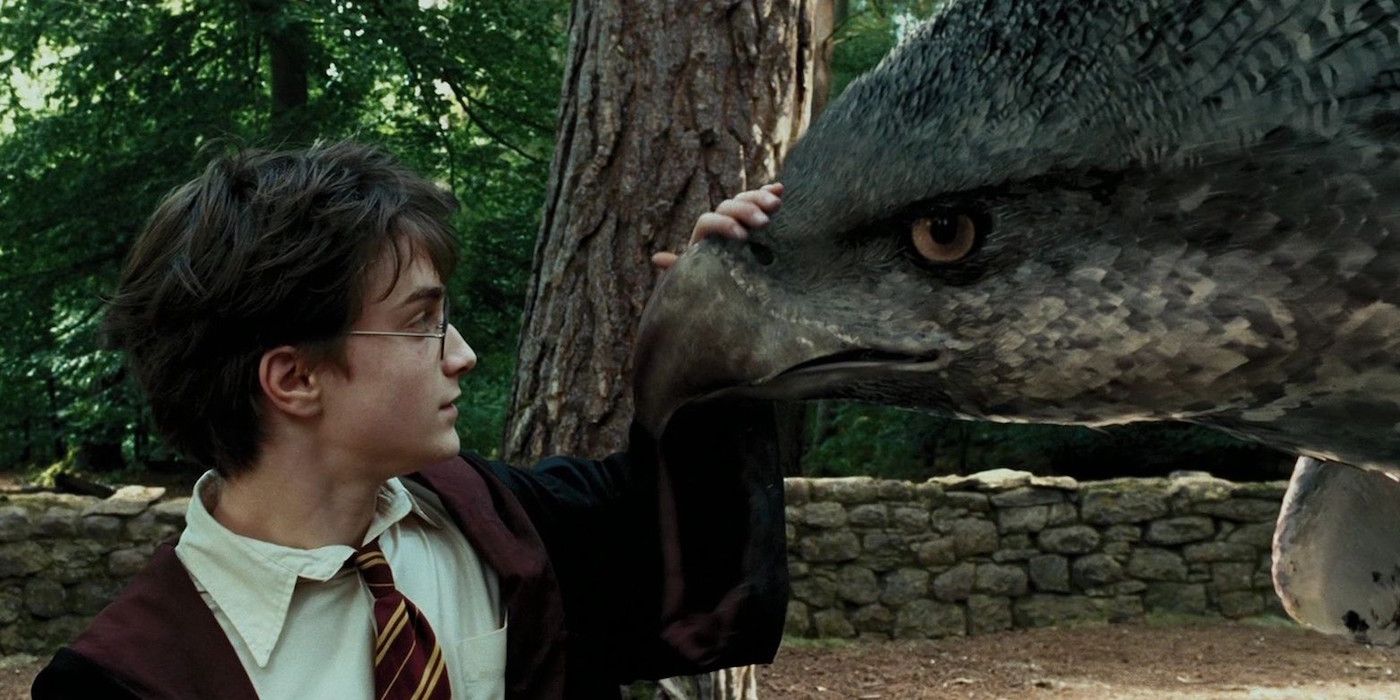
When Alfonso Cuaron took over the directing reigns for Prisoner of Azkaban, he brought a distinct visual style. This style allowed for the CGI team to properly integrate their creations as his images were generally far darker than the vibrant first films. There's no telling if Buckbeak would have been nearly as convincing if he had appeared in the first two installments, but chances are, he would have stood out like a sore thumb.
Unlike the troll in Sorcerer's Stone, there's an immense amount of detail put into Buckbeak. When he flies, we see the ripple of air in his feathers. We see how his body interacts with the space around him. Even light bounces off his body like it would in reality. In short, he's a masterpiece.
12 Hurt: Sirius' Demise - Order Of The Phoenix
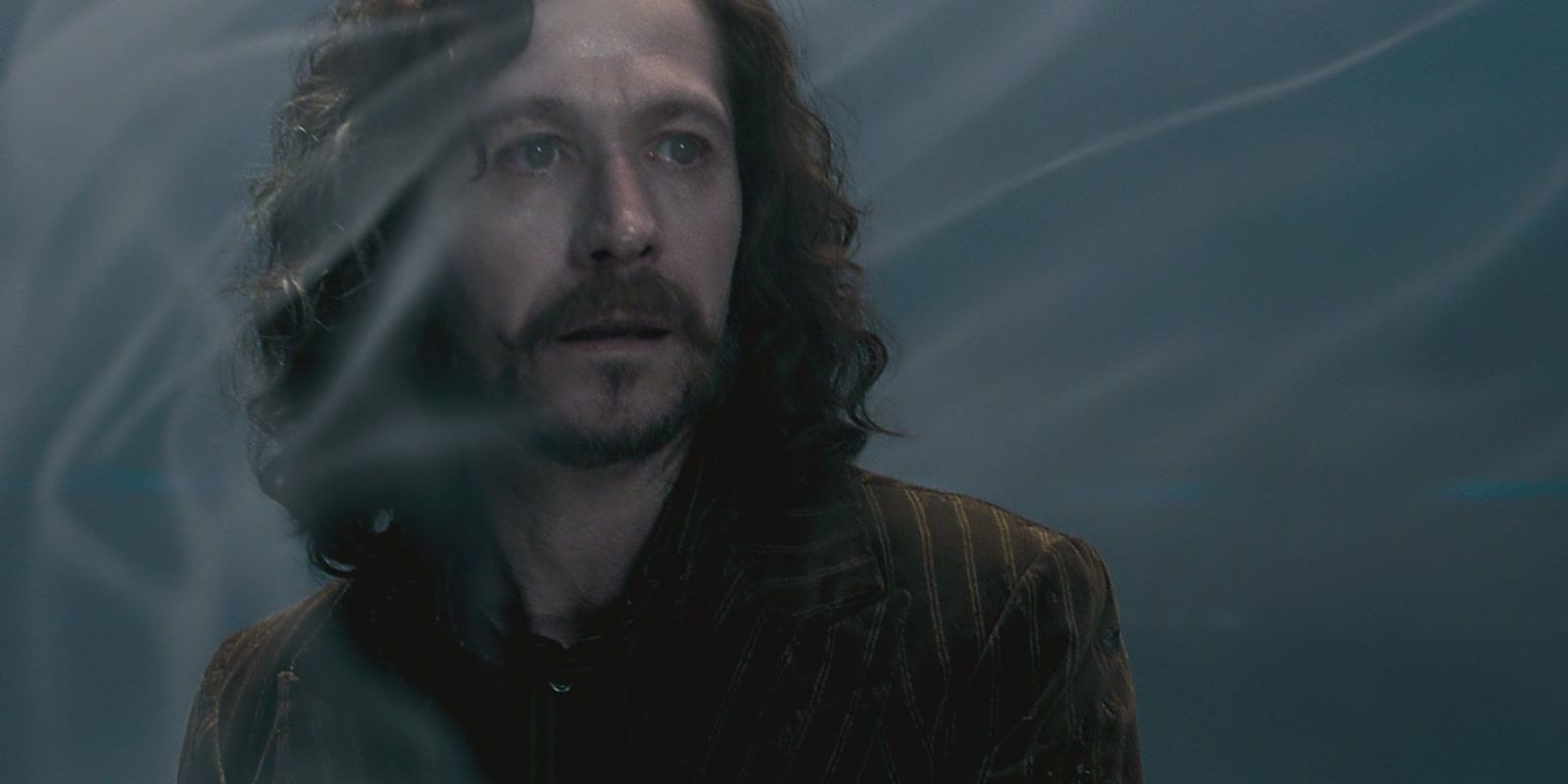
When you mess up a scene where a beloved character meets their end, it's unforgivable. This is precisely what happened at the end of Order of the Phoenix when Sirius passes at the hands of Bellatrix. Although the film version differs slightly from the book, Sirius falls through the veil in both. In the movie version, Gary Oldman (AKA Sirius) is replaced by a weird CGI version of himself and then carried off as if he were a ghost.
The noticeably unrealistic version of Gary Oldman took us out of what should have been one of the saddest moments in the entire series.
The ghost-version of the character also takes away Sirius' humanity in his final moment, making it less emotional. This seems to have been both a directorial choice as well as sloppy CGI work.
11 Saved: Gringotts Dragon - Deathly Hallows - Part 2
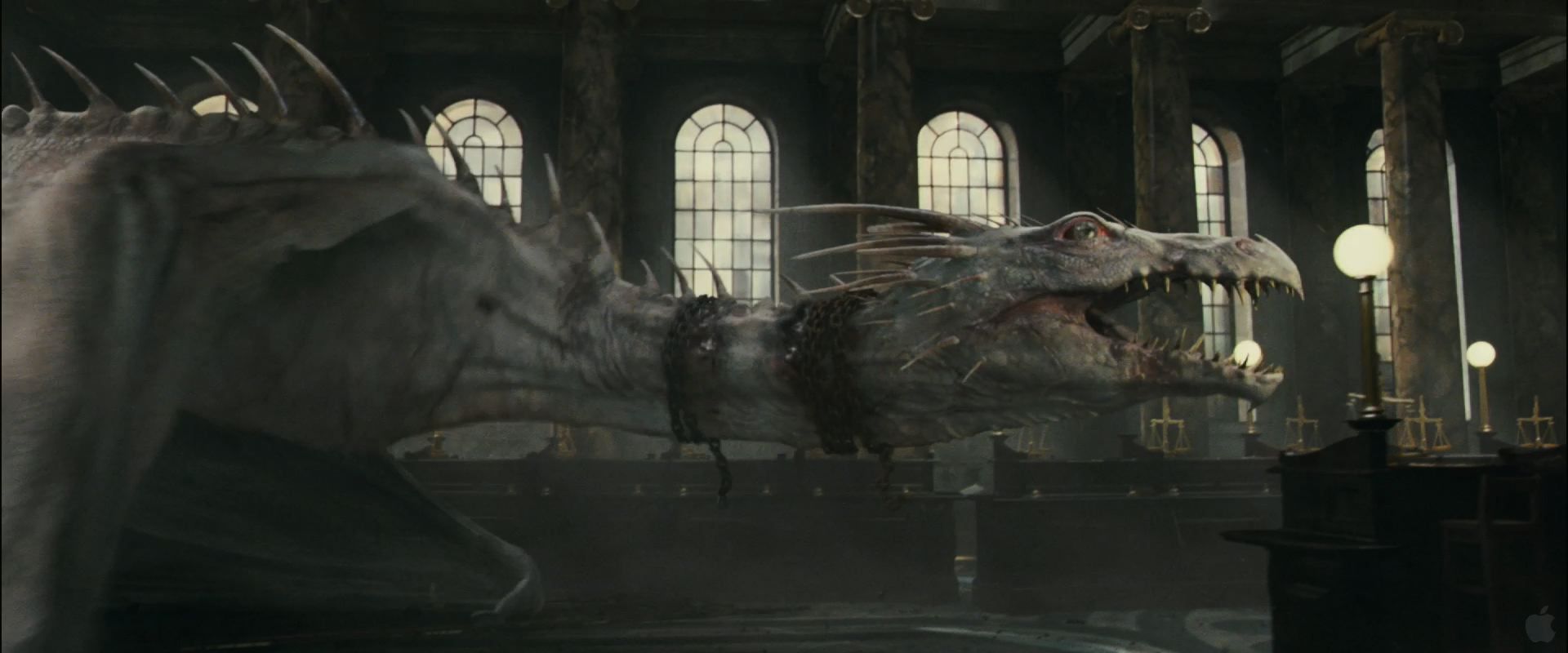
Work was being done on The Deathly Hallows - Part 2 before The Half-Blood Prince was even finished. This meant that the VFX team had an extraordinary amount of time to start creating material for the final film. There was a series of concept drawings made for the dragon seen guarding the vaults at Gringotts. These drawings influenced the VFX team to create a dragon that not only appeared to have been mistreated but also that has never seen daylight.
Portions of the dragon were created practically, with the vast majority done with visual effects. In all, 200 people worked on the dragon escape sequence alone. The amount of time and effort put into it paid off immensely, as it was one of the highlights of the movie.
10 Hurt: Lupin's Transformation - Prisoner Of Azkaban
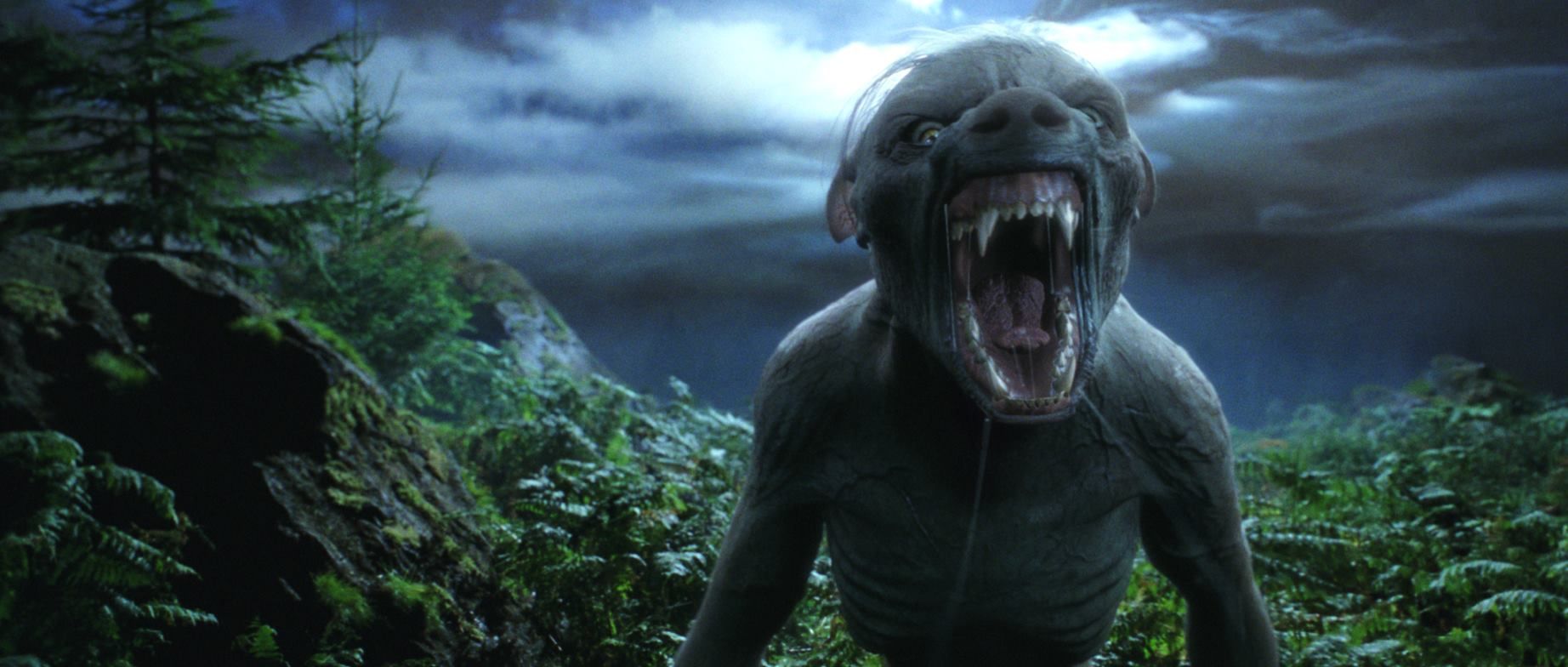
There were many different thoughts on how the werewolf in Prisoner of Azkaban should look. The end result was a sickly creature that not only garnered fear but sympathy as well. The action shots, and even most of the close-ups of Lupin's werewolf were fairly convincing. At the very least, they offered a completely unique take on an iconic magical creature. But Lupin's transformation into the creature left something to be desired. Although some of the transition shots were actually done with David Thewlis in heavy make-up, most were CGI.
They not only needed to create a convincing human version of Lupin but also of Lupin transforming into the werewolf.
Since this was done in close-ups, it was harder to hide the flaws-- and unfortunately, there were many flaws.
9 Saved: Quidditch - Half-Blood Prince
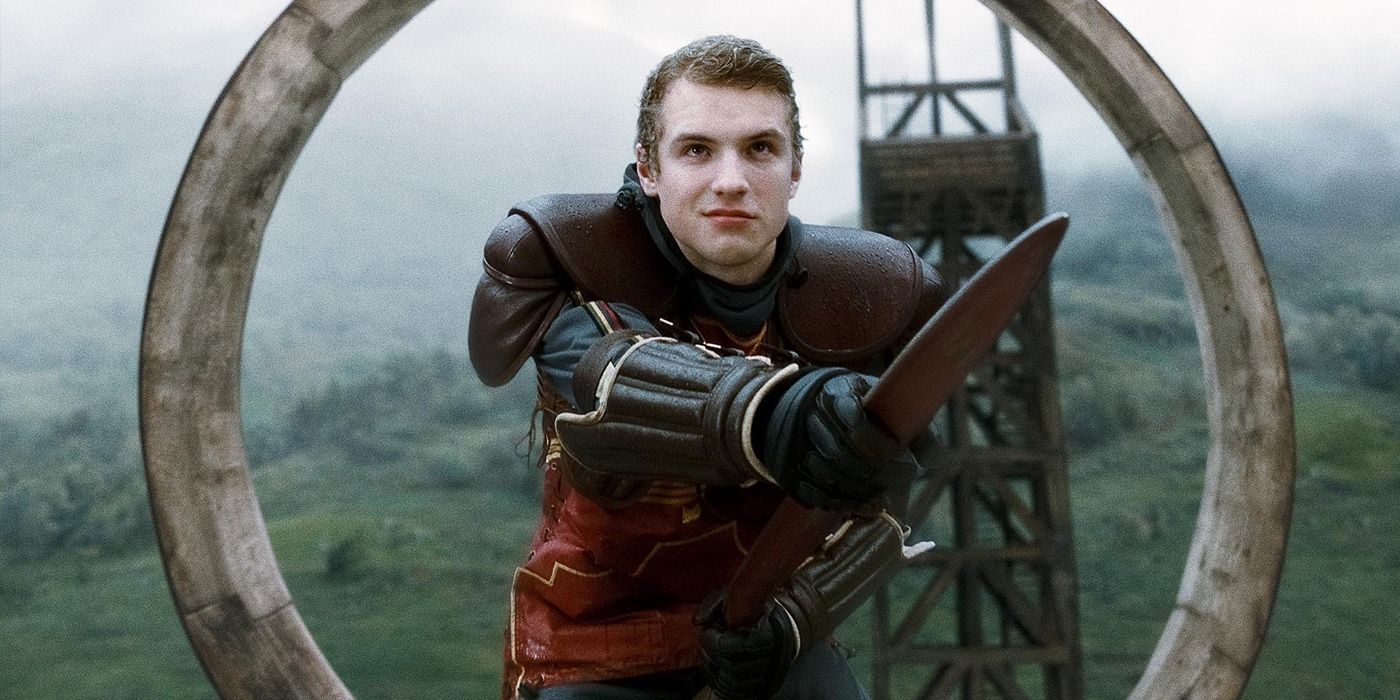
Since the Wizarding World had become an emotionally darker place, thanks to the return of Lord Voldemort, Half-Blood Prince director David Yates and cinematographer Bruno Delbonnel created a moody, stylized film. This style made it easier for CGI creators to mix their work into the final film. It's also what allowed Quidditch to come to life. It was no longer an imaginary thing thrust upon a real-looking world. It was just another element of a completely fantastical one.
Although Quidditch looked substantially more realistic in Prisoner of Azkaban, it never looked better than it did in Half-Blood Prince. There was an ominous dreamlike glow to the highly detailed backdrops that allowed the practically shot actors to be integrated realistically. In fact, it was hard to tell what was practical and what was completely done using CGI.
8 Hurt: The Centaur - Sorcerer's Stone
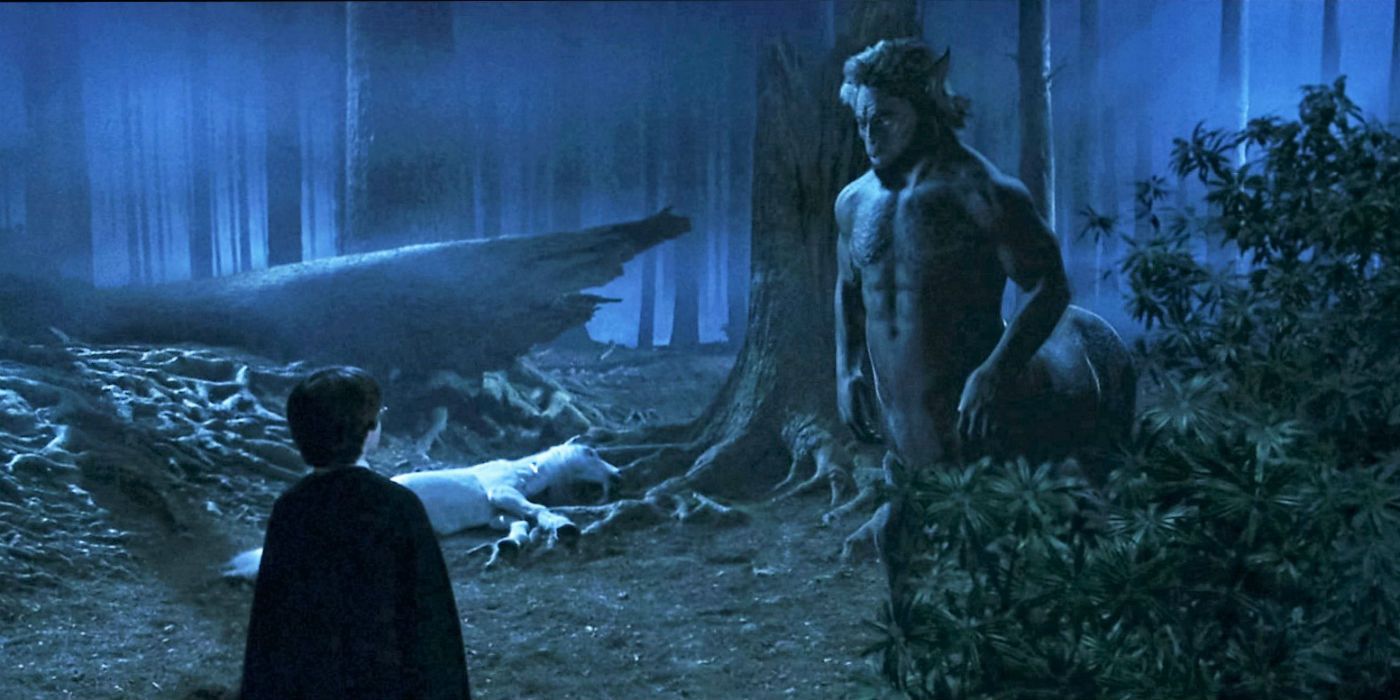
Firenze the Centaur suffered the same fate as the troll seen in the same movie. Luckily for Firenze, the filmmakers could hide their sloppy creation amongst the shadows of the Forbidden Forest. But the character still didn't move in the film as it would if it were a real creature. Sure, it pushed some CGI brush away as it approached Harry, but it didn't cast the necessary shadows. Nor did it breathe as a normal animal would. There was also a lack of detail in the body.
Instead of looking like a half-human, half-horse, it just looked like a dark grey blob with legs.
On a slightly unrelated note, can anyone claim that the unicorn carcass prop in this scene looks real either?
7 Saved: Dumbledore VS. Voldemort - Order Of The Phoenix
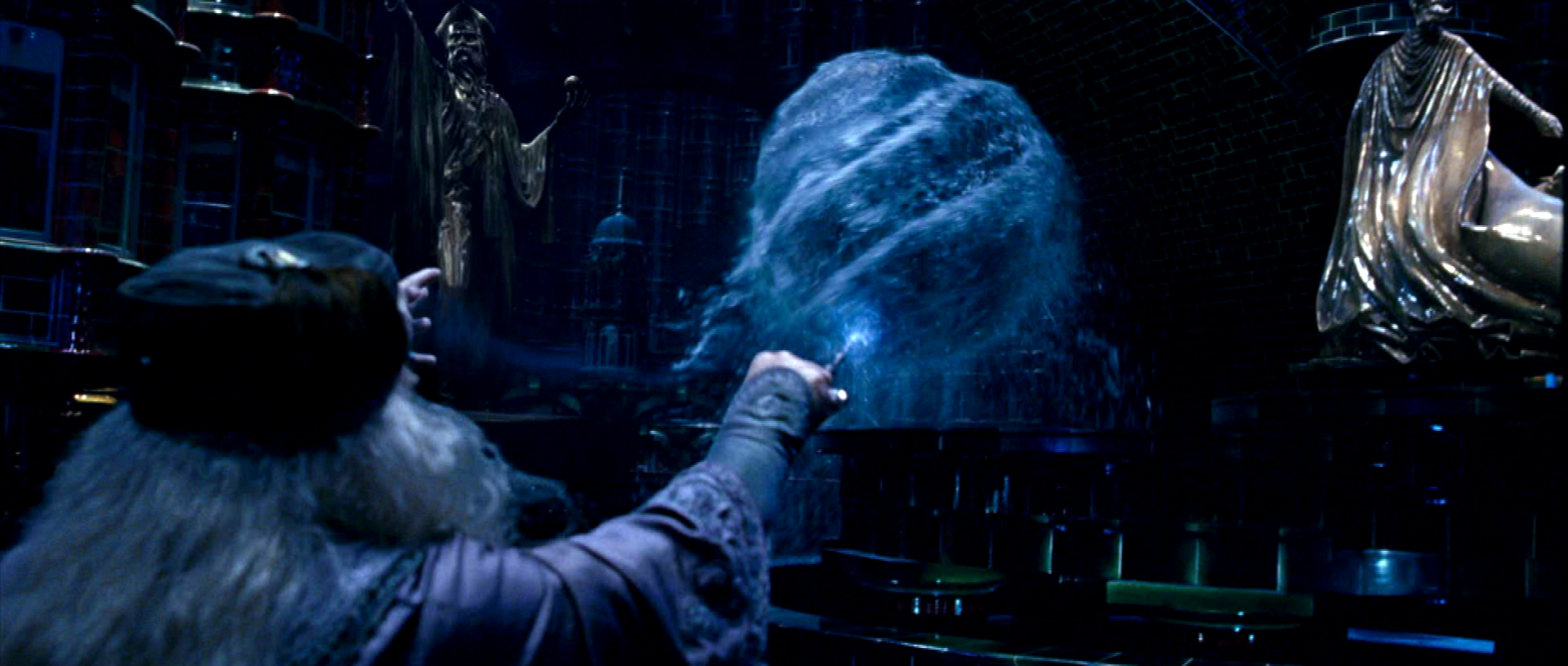
Although the duel between Dumbledore and Voldemort from The Order of the Phoenix wasn't as spectacular as it was in the book, it's still a highlight. The main reason why this fight was so effective was that it was done with a mixture of practical and visual effects.
Almost the entirety of the spells and destruction in the scene were generated by computers, but a lot of the set, as well as lighting, was physically created. The destruction that these spells caused where also practical. This meant that the CGI spells had real consequences on-screen, making them far more realistic. Even the moment where Voldemort is encased in an orb of water was a mixture of visual and practical effects. The water, of course, was all digital, but shots of Ralph Fiennes were actually used.
6 Hurt: Pixies - Chamber Of Secrets
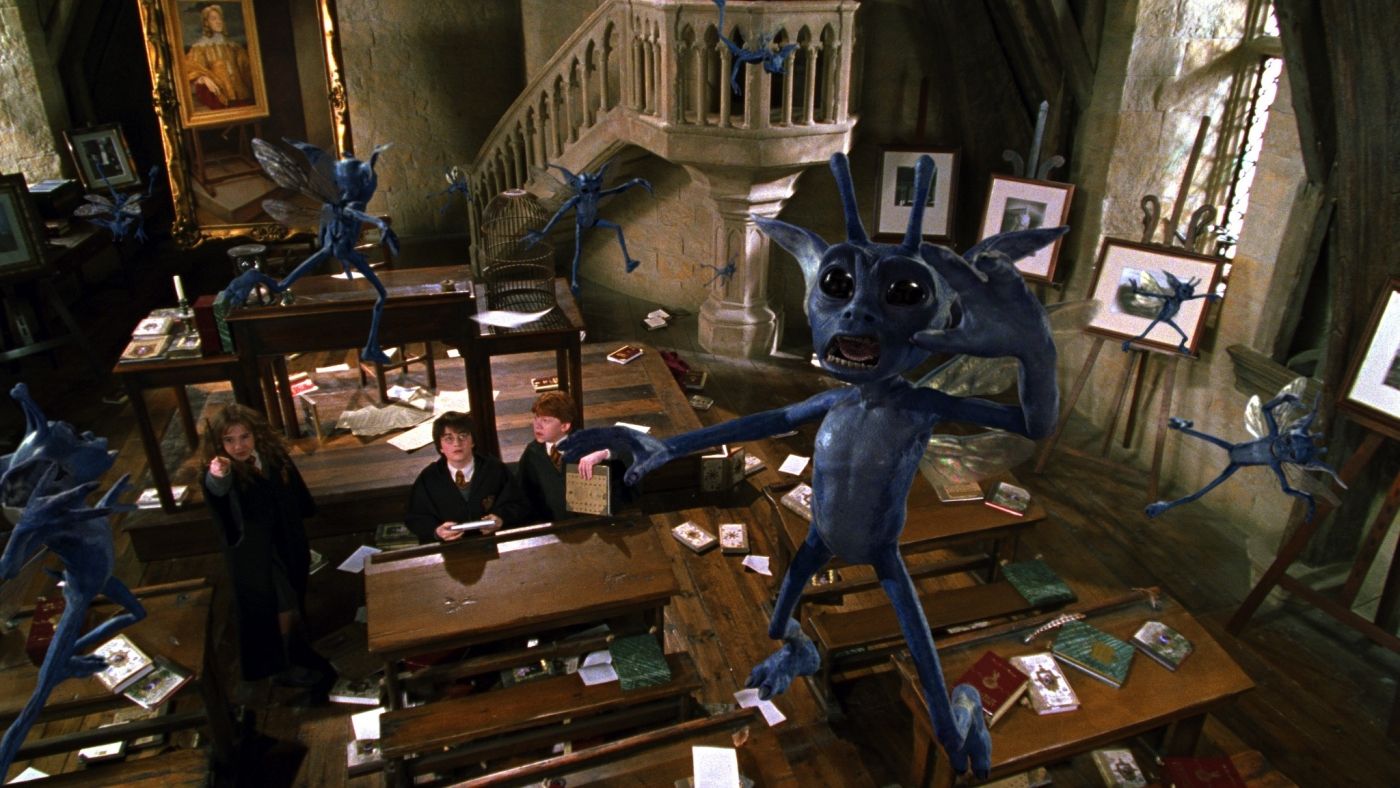
Although Cornish Pixies are a fictional creation by J.K. Rowling for her magical story, they should have appeared lifelike within the movie world. If the versions of the Pixies that we got in Chamber of Secrets were used in a video game or cartoon, they may have looked spectacular. However, when used against practical images that were void of a unique visual style that could integrate them, they just looked like bad claymation models.
Their coloring may not have helped matters either, since nothing in our world has quite the same tone of blue.
Therefore, our minds had a harder time accepting them as real. However, that would have been neither here nor there if they cast the proper shadows, breathed like legitimate creatures, and didn't appear overly cartoonish.
5 Saved: Crowd Creation - Deathly Hallows - Part 2
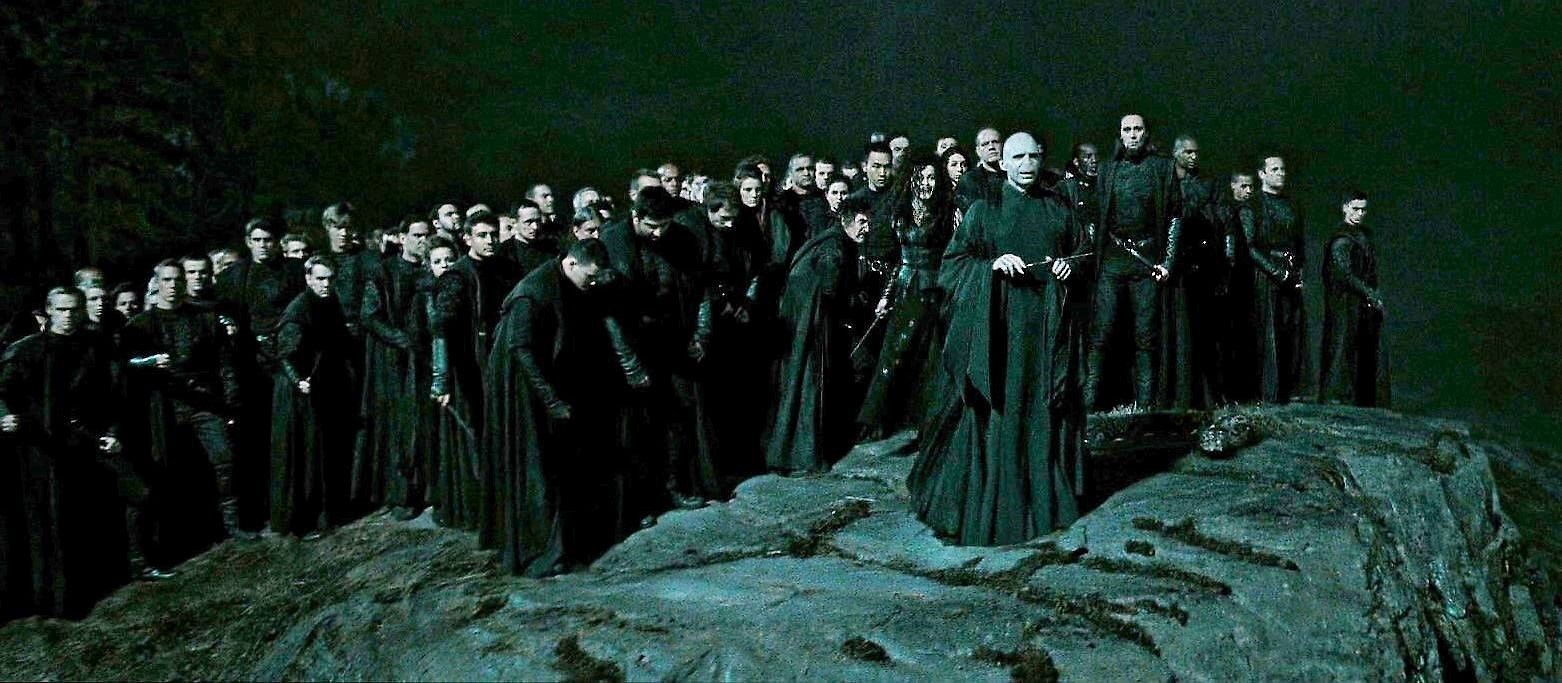
One of the ways the filmmakers behind Harry Potter and the Deathly Hallows - Part 2 got us invested in the battle sequences is how they doubled the number of people on camera. This is very standard for films with armies. After all, only so many actors can be brought onto the set.
The real-life actors are almost always shot in the foreground. VFX teams then digitally recreate characters, usually based on actual people, to fill in the background. If they were used in the foreground, we'd see how unrealistic they are. Not only is this useful for wide-shots of armies, like the one featured above, or making a battle look far larger than it actually is, it's also helpful for more standard crowd scenes.
4 Hurt: Pettigrew's Transformation - Prisoner Of Azkaban
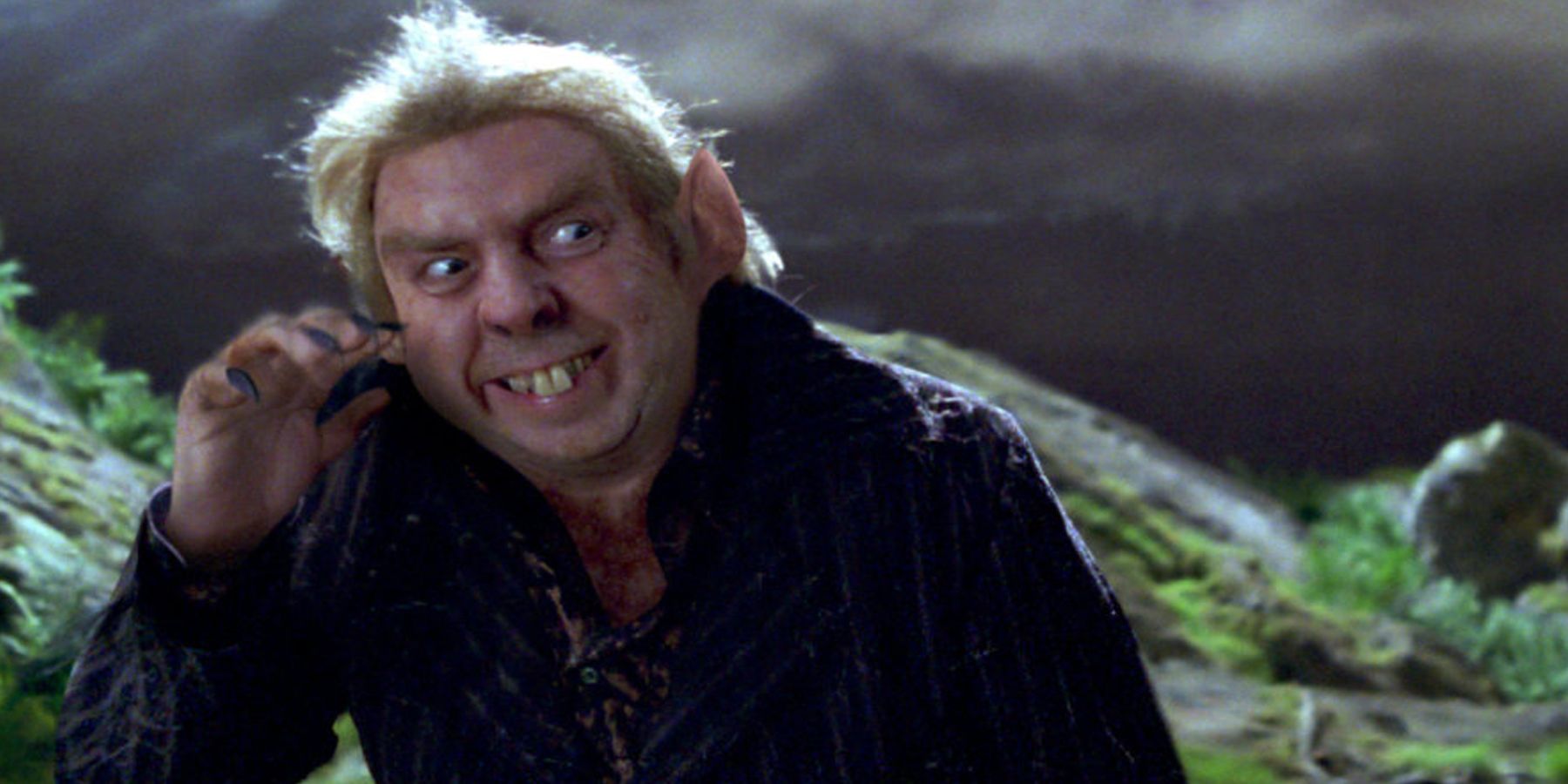
How do you convincingly make a man transform into a rat? The answer may be unknown, since even the geniuses behind The Prisoner of Azkaban couldn't figure it out. Although they did manage to "wow" us when they turned Scabbers into Pettigrew, they couldn't make the opposite transformation believable.
The filmmakers chose to go with a cartoonish transformation for Pettigrew.
Due to the poor integration between it and the background, it didn't work. You could also immediately tell when Timothy Spall's face was real and when it was digital. The film did have some strong CGI, which made the weaker moments more noticeable. This could be due to the fact that the film employed several different VFX houses to split up the work, and thus the quality of it.
3 Saved: Helena Ravenclaw - Deathly Hallows Part 2
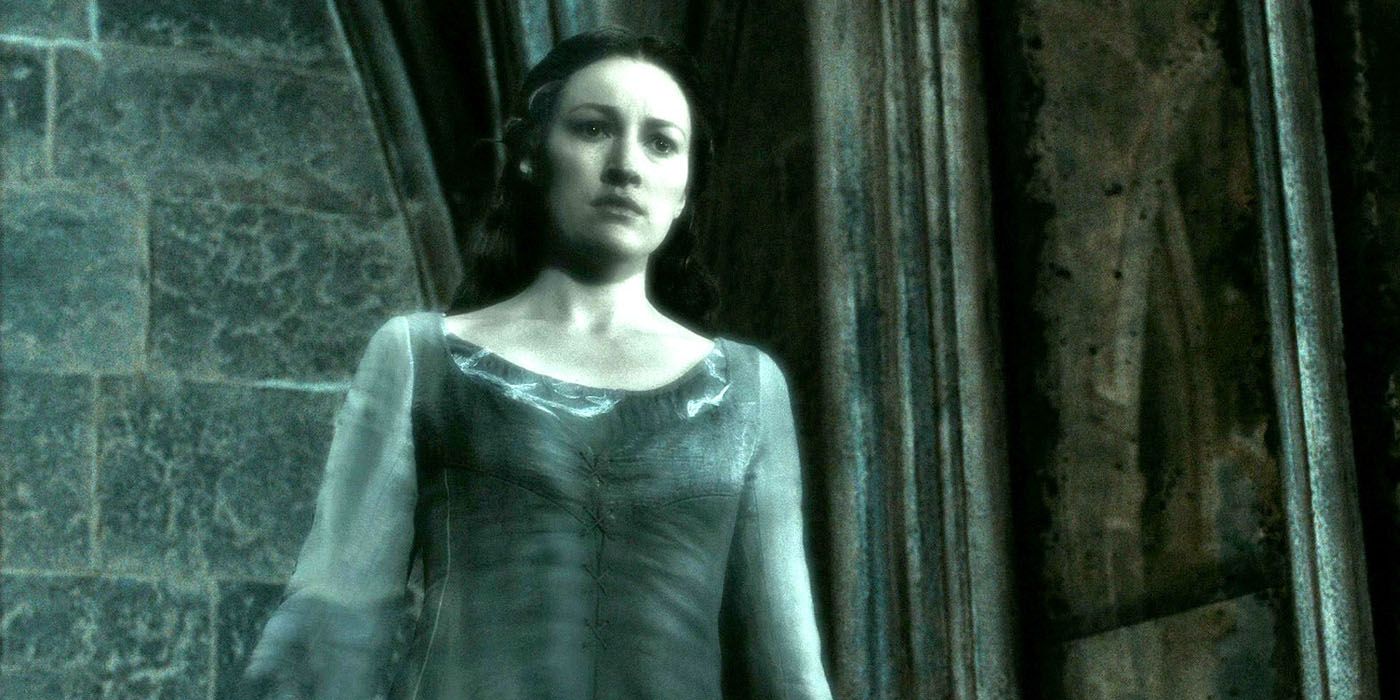
The ghosts of Hogwarts were, for the most part, unfairly cut from the Harry Potter films. However, the filmmakers redeemed themselves when the brought Helena Ravenclaw, AKA The Grey Lady, into The Deathly Hallows - Part 2. The character is vital to the plot, and instead of creating a cartoonish ghost, they made one that emoted beautifully.
This is because all of Kelly Macdonald's scenes were shot in-camera against a green screen. She was then made translucent by the VFX team and pasted over existing shots, as well as other computer-generated ones. Harry's face was even blurred when Helena crossed in front of him. This attention to detail, as well as Macdonald's honest performance, helped sell this CGI creation.
2 Hurt: Voldemort - Sorcerer's Stone

Most of the more complicated visual effects in Harry Potter and the Sorcerer's Stone don't hold up like those in the rest of the series do. Perhaps the most disappointing visual effect is that of Lord Voldemort, who appears attached to the back of Professor Quirrell's head.
Although the physical attachment of the two looked quite striking, the details of the CGI face did not.
If anything, it looked quite similar to the Scorpion King in The Mummy Returns; lifeless and void of realistic detailing. Additionally, the choice to use Voldemort's red eyes from the books causes the character to lose any remaining humanity. The poor use of CGI in this scene just isn't worthy of the story, nor of the ultimate baddie that J.K. Rowling created.
1 Saved: Moving Pictures
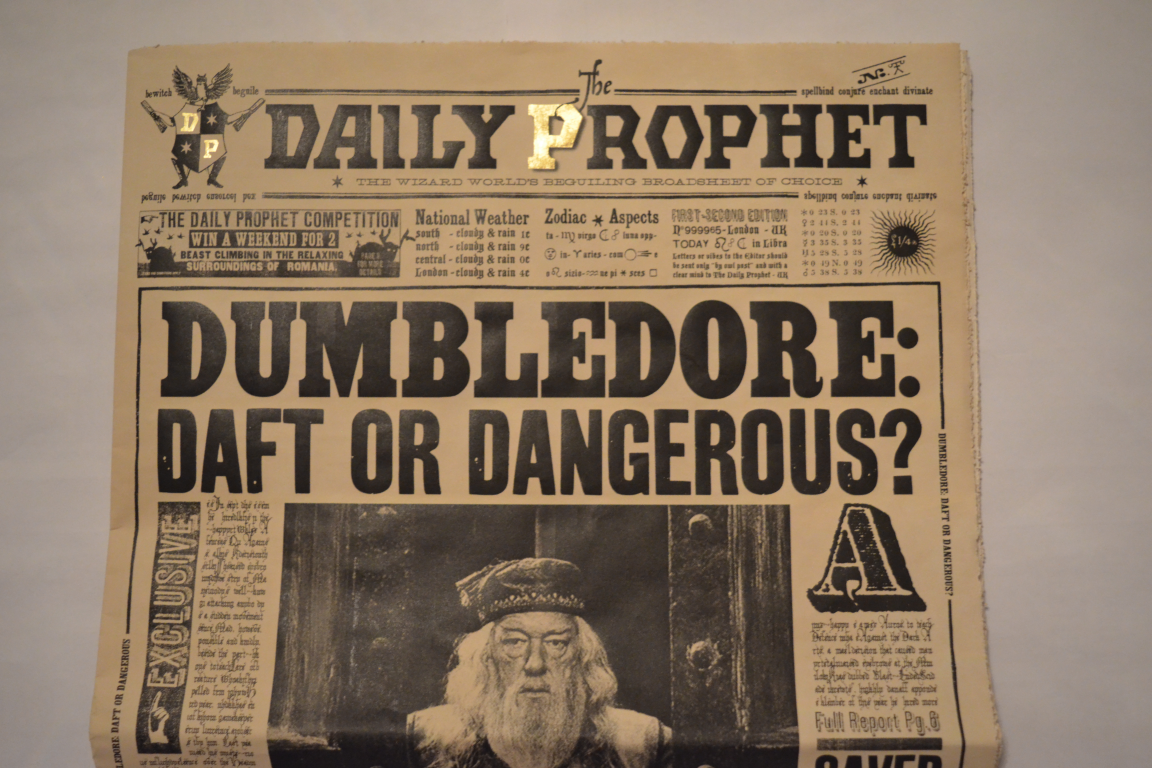
The integration of real-life moving images into the portraits, paintings, and newspaper articles was one of the most magical parts of the entire Harry Potter franchise. While the images in newspapers were similar to GIFS, the ones in the portraits did whatever they wanted, whenever they wanted.
All of the images were shot separately. They were then placed over green screens used in the actual painting and newspaper props. They were then color-graded to match the style of the film, as well as the object they were placed in. Usually, these moving portraits and newspaper ads didn't add much to the plot, but they made the Wizarding World unique and drew us into a story that will be with us forever.
---
Which CGI moment do you think hurt or saved Harry Potter? Let us know in the comments!
from ScreenRant - Feed https://ift.tt/2yxoaKn





No comments: